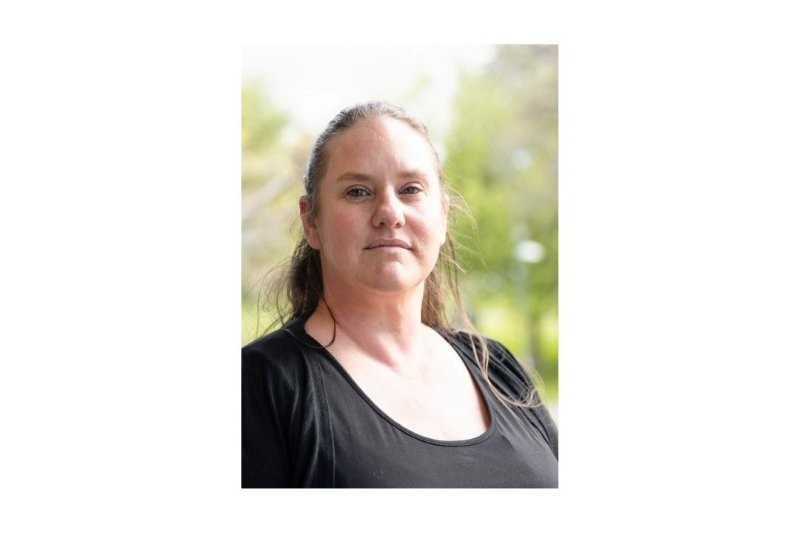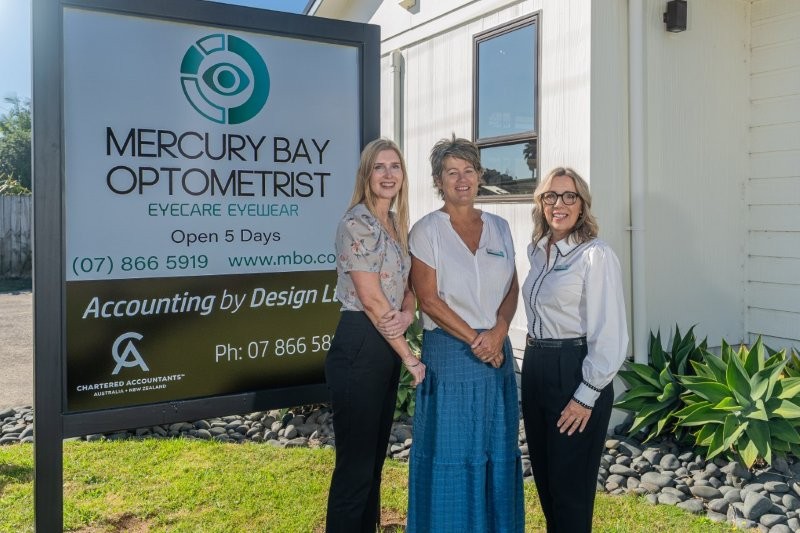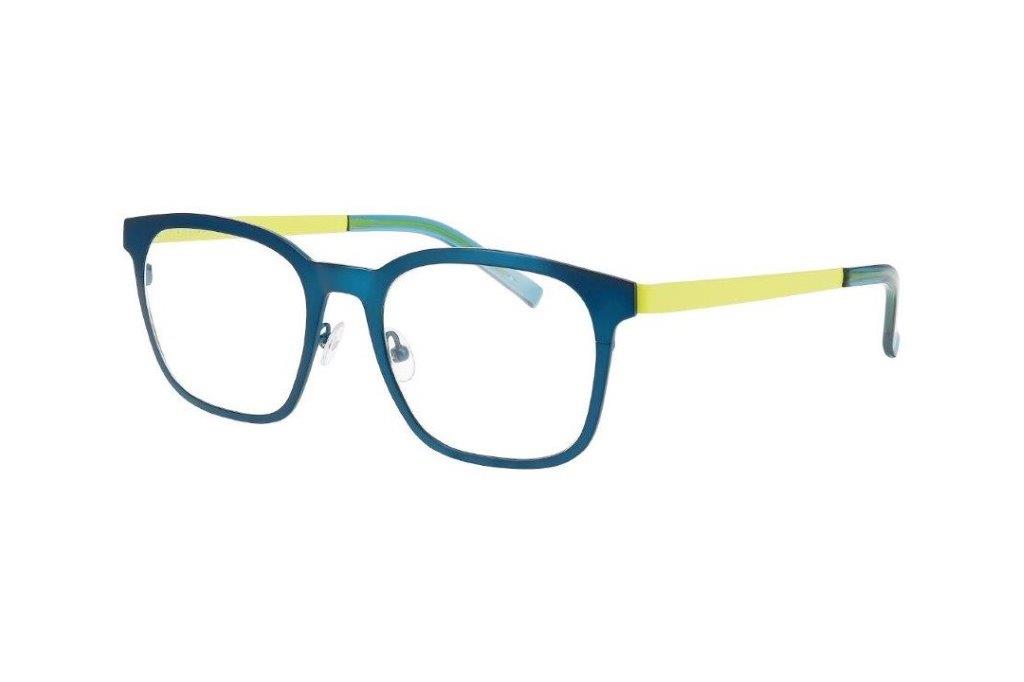The rise of teleoptometry
Already widely recognised as a tool to help overcome resource and distance barriers for mainstream health services, telehealth has gained unprecedented traction as a result of the Covid-19 pandemic and subsequent lockdown. It continues to be the New Zealand Ministry of Health’s (MoH) preferred model of care for the allied health sector in Alert Level 2, with many New Zealand optometry practices now also embracing teleoptometry, providing an eyecare lifeline for patients during the pandemic.
OPSM rolled out teleoptometry across New Zealand and Australia in mid-April to assist patients with an eye health concern or critical dispensing need, said Peter Murphy, OPSM’s director of eyecare and community. “With this innovative solution in place, OPSM is able to continue to support the local community’s eye health needs, giving people remote access to essential optometry services, no matter where they are.”
OPSM New Zealand country director James Melton said teleoptometry consultations had provided a consistent workflow in New Zealand since the service was launched. “Currently, the volume is enough for a couple of full-time optometrists and we are considering expanding that as restrictions ease.”
Telehealth is delivered using video conferencing, audio communication and/or text-messaging, using mobile phones, tablets or desktop computers and typically includes a live-chat, virtual check-in and waiting room and a meeting history record.
“A teleoptometry consultation is just like a short consultation at an OPSM store,” said Murphy. “An optometrist will ask patients a series of simple questions, so they can evaluate their eyesight, and patients can ask questions. If the patient has been to see us previously, the optometrist has access to case histories and electronic record cards, so an informed diagnosis can be made and the patient guided through the next steps. In some cases, the optometrist may refer the patient for general or ophthalmology care as necessary.”
While teleoptometry fees are non-regulated in New Zealand, in Australia there’s currently no Medicare rebate available, though Optometry Australia (OA), Specsavers, Luxottica and Diabetes Australia continue to lobby for telehealth-related modifications. “We believe that given a Medicare rebate is not currently available, it is appropriate to charge a reasonable private fee for this service,” OA told its members, though some continue to provide virtual consultations free of charge.
Electronic prescriptions
Adding to the challenges of implementing a new teleoptometry system is the lack of regulation and support for electronic prescribing on both sides of the Tasman. In New Zealand, producing a hardcopy prescription is required by law in most circumstances. The MoH, however, relaxed these standards during lockdown to allow prescriptions to be emailed, leading some pharmacy representatives to raise concerns about workflow and security issues. “With the expected long-term rise in virtual consults, healthcare practitioners are calling for a review of regulations and an investigation into alternative technology systems to allow secure prescription communication between GPs and pharmacies,” said Auckland GP Dr Stephanie Taylor.
The Australian government is fast tracking e-prescribing as part of its national health plan for Covid-19. The plan’s temporary guidelines allow a prescriber to create a digital copy of the hardcopy prescription and send this to the patients’ pharmacy of choice via email, text message or fax.
As for the future, OPSM’s James Melton said he believes teleoptometry is here to stay. “We strongly believe that all New Zealanders should have access to eyecare services, no matter the circumstances. In the long term, even after the current health emergency has subsided, we see teleoptometry remaining a crucial solution for those who maybe homebound or unable to visit one of our practices for a variety of reasons.”
























